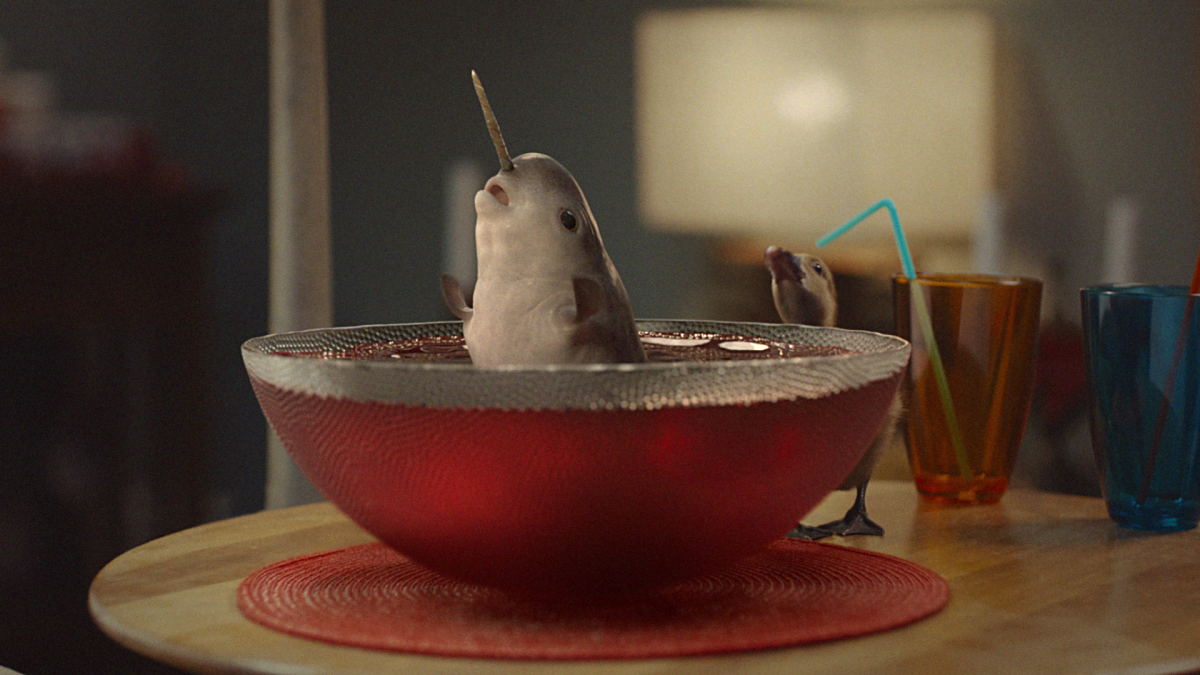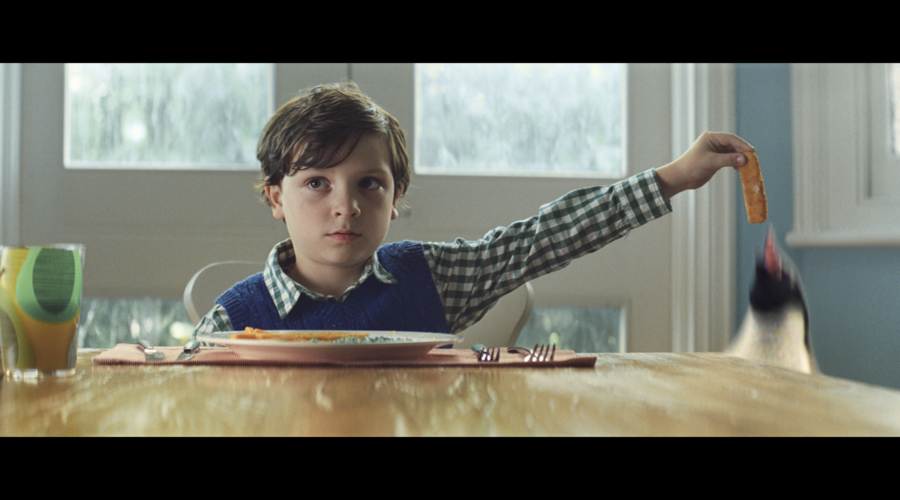As the tinsel is returned to the attic for another year, we look back at how computer technology helped change the shape of Christmas advertising on TV in 2014
From McVities engaging its audience with a heartwarming choir of fluffy animals to John Lewis' visual story of Monty the penguin, it's clear that CGI is stepping it up a gear in the world of advertising.
For Creative Directors it has become a useful tool in artistically getting what they need with the resources they are given.
Few Christmas ads have been talked about more than Monty the penguin and his tear-jerking journey to seasonal stardom.
The John Lewis ad - produced by Adam & Eve DBB - recently got the highest score ever on the Realeyes 'emotionally compelling' scale.
To the casual viewer, Monty looks like the real deal. But look a little closer and you can see the antarctic bird is entirely computer generated.
Anthony Falco, Head of Production at Adam & Eve/DDB, feels making sure the viewer thinks it is a bona fide penguin is vital.
"There are very strict rules that need to be applied to create CGI characters," says Falco. "These strict rules are applied to how the CGI model is created. All the natural designs of the penguin are applied to the model in order to mimic its movement."
The team behind Monty built in constraints to the model before building a digital skeleton, adding muscle and fur to make it look like the real deal.
"What you can achieve now in CGI as opposed to what you could achieve 7 years ago has been a remarkable leap forward in the quality and complexity of the work", adds Falco.
Another Christmas hit this year was the feel-good fluff of McVities' 'Christmas Choir' ad - by Grey London - that features a host of household pets doing their best to look cute.
Remarkably, the only CGI animal in McVities video is a narwhal seen swimming in a glass. But there is more to the other animals than meets the eye.
"Your number one rule with animals is don't expect them to do anything you want them to do", says Hollie Newton, Grey London's Creative Director.
The team directed freely around the animals and then used CGI to shift natural movements captured into the desired frame.
Newton says, "we knew that there would be moments - it was those yawns and sneezes and their silly little faces that we'd then be able to build them up from a point later in the take".
The Narwhal was outsourced to Framestore - a company who have worked on a range of CGI in advertising like Beats by Dre's 'Oh Christmas Tree' ad and in films such as Guardians of the Galaxy and Paddington. McVities Victoria Christmas Choir Ad
McVities Victoria Christmas Choir Ad
There the team used baby dolphins as a reference model for the narwhale. Framestore's, William Bartlett simply said, "now it's cheaper to create a CGI animal even though you could film something real. It is just easier.
"But with the narwhal in a glass is not something you can film all that easily."
According to Hollie Newton, technological advances have made CGI far more democratic: "CGI used to be incredibly expensive and incredibly time consuming and it has come on so far and so fast that actually we have access to it now".
With technology improving rapidly and the time scale with which CGI models can be created shortening, it looks like the advertising industry will use CGI more and more as we look to the future.
By Alastair Ballantyne

